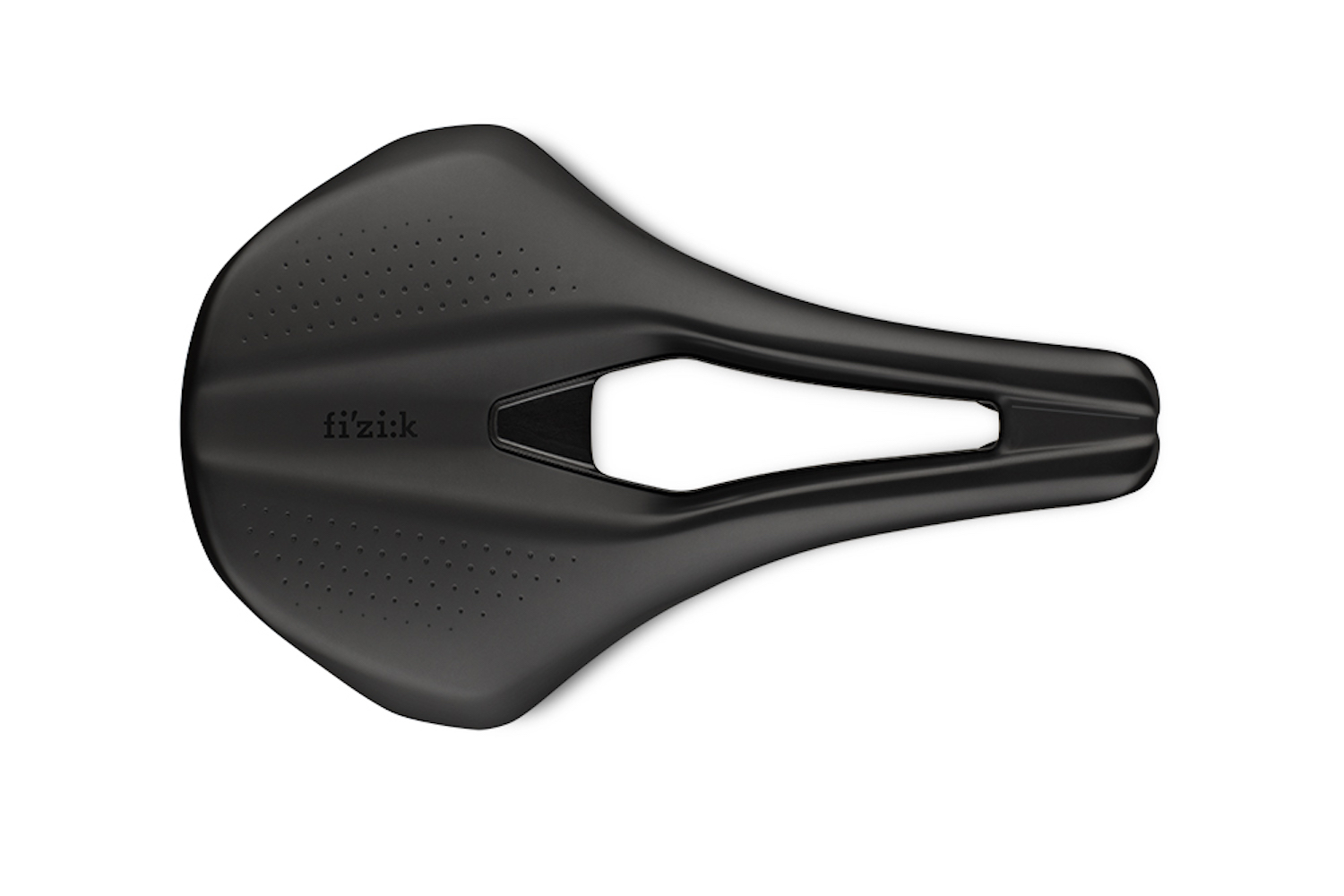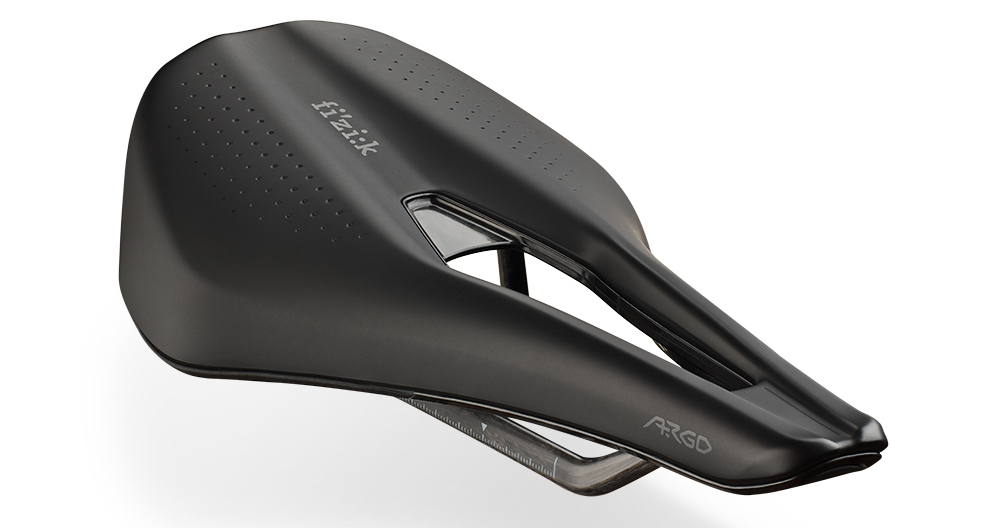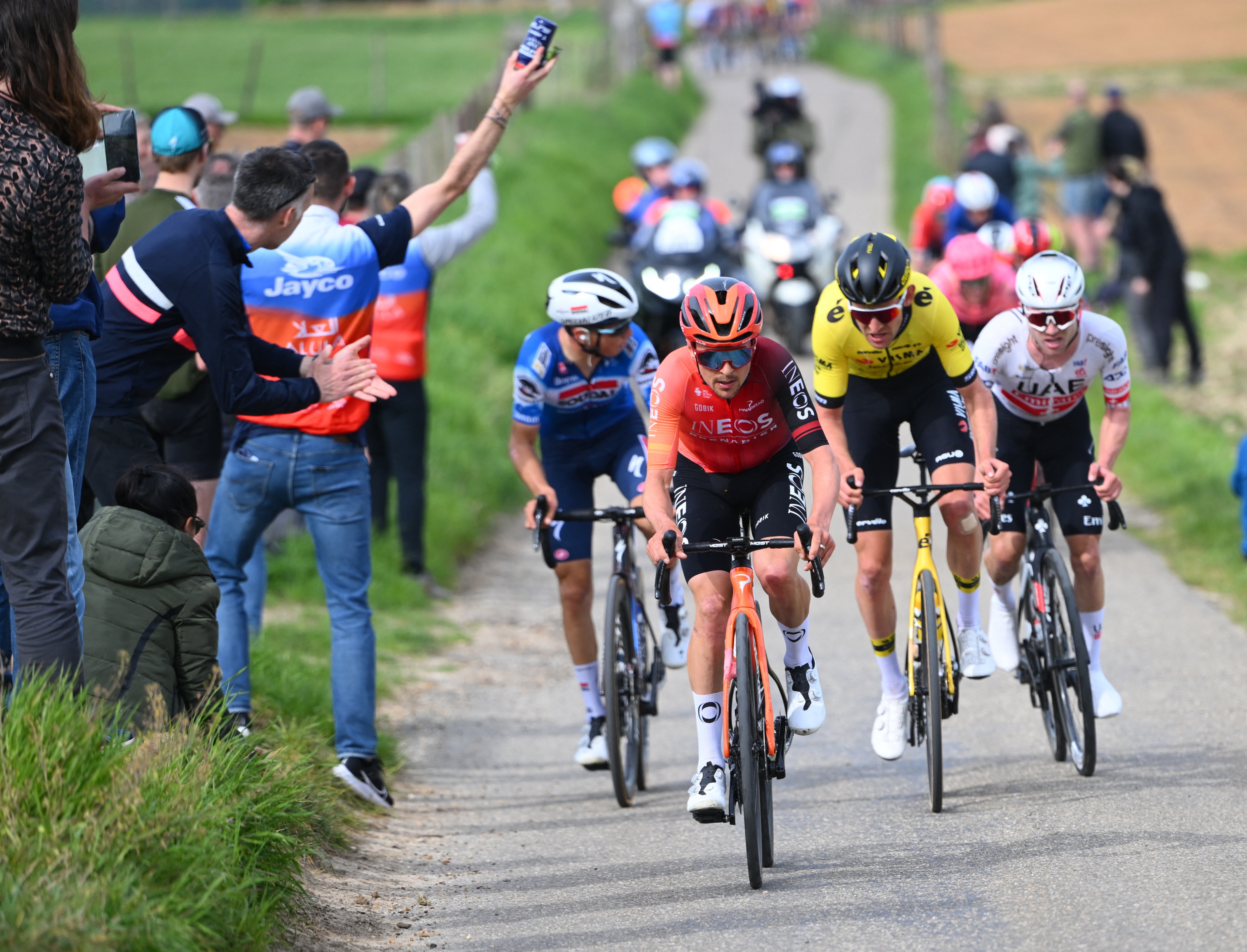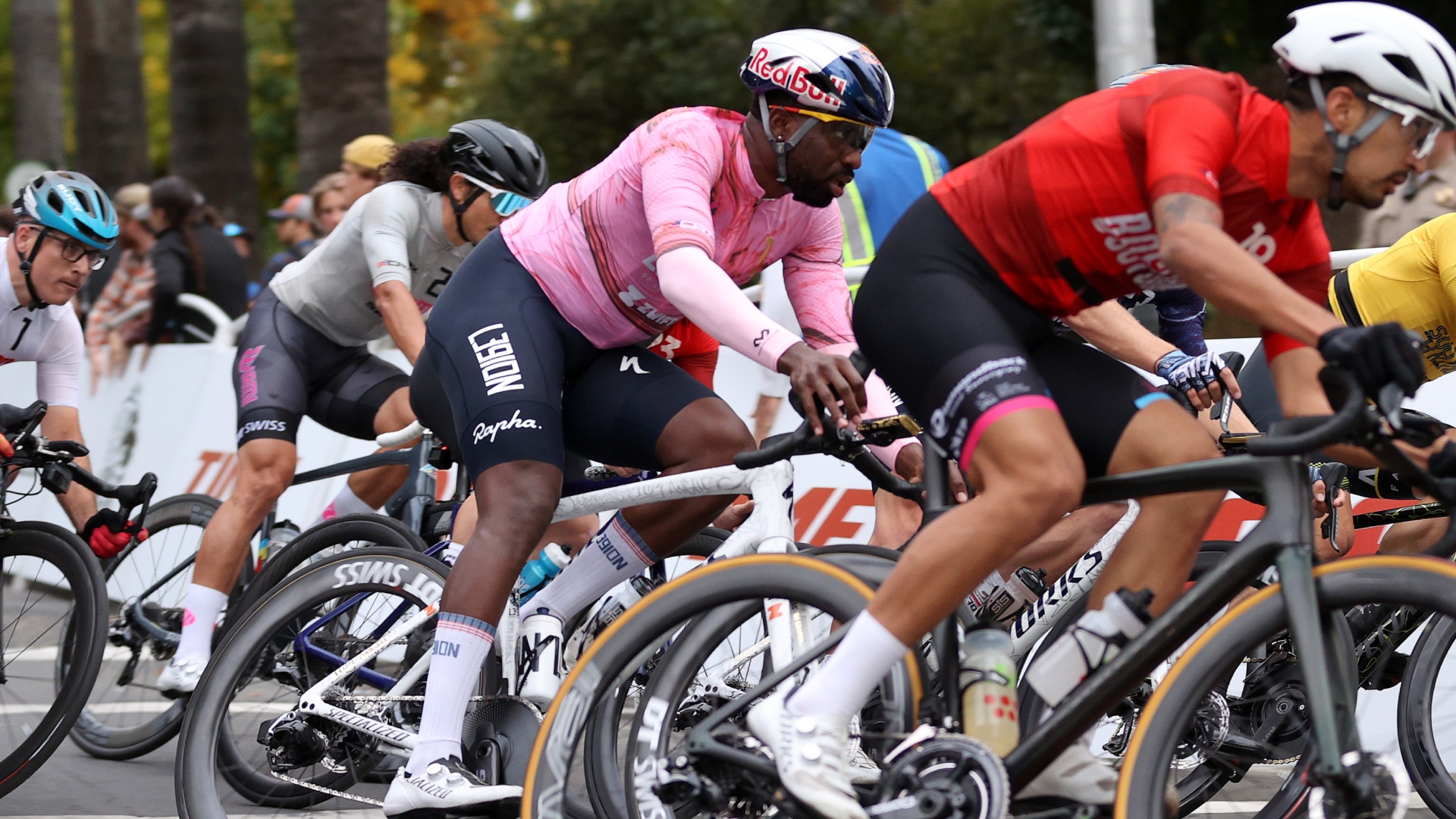Short nosed Argo saddle range launched by Fizik
Models for racers and endurance cyclists


Fizik’s new Argo saddle range is, it says, a performance saddle designed for different riding styles and abilities.
The Vento Argo is designed for racing cyclists, with a dropped nose and central cut-out to allow the maintenance of an aggressive, aero position. It includes a low profile Type 1 foam layer for optimum power transfer and ride feel.
The Vento Argo saddles are 265mm long, with 140mm and 150mm widths available. The lighter carbon railed R1 spec saddle weighs 179g in 140mm width and 186g for the 150mm wide option. Swap to alloy Kium rails and the weights increase to 213g and 220g respectively.

The Vento Argo R1 will cost £184.99 (€199, $225) and the Vento Argo R3 £134.99 (€139, $149).
Endurance Tempo Argo version
In contrast, the Tempo Argo is designed for endurance riders, with extra support for the sitbones provided by a thicker, slightly softer layer of Fizik’s Type 2 foam for comfort on longer rides in a more upright position.
At 260mm long, the Tempo Argo comes in 150mm and 160mm widths. The R1 spec has carbon rails and weighs 202g for the wider saddle, while the R3 saddle gets Kium rails and weighs 235g in the same width.

Price in R1 spec is £179.99 (€189, $215) and for the R3 spec is £129.99 (€129, $139).
According to Luca Mathia Bertoncello, Brand Director for Fizik: “Our new Argo range will suit everyone from the most demanding performance-oriented racing cyclists to endurance riders looking for all-day comfort.
“It’s a beautiful combination of technology and innovative design thinking that’s emerged from our Concepts programme, a cross-disciplinary collaboration of leading industry experts and academics that puts us at the forefront of cycling innovation and design.”
Leading saddle companies are adding more short nosed saddles to their ranges, with Selle Italia announcing three new versions of its SLR Boost saddle just yesterday.
Short saddles are designed to improve riders’ weight distribution and stability over a traditional, longer saddle. And the included cut-outs stem from pressure analysis and medical input and are designed to reduce saddle discomfort when riding.

Thank you for reading 20 articles this month* Join now for unlimited access
Enjoy your first month for just £1 / $1 / €1
*Read 5 free articles per month without a subscription

Join now for unlimited access
Try first month for just £1 / $1 / €1
Get The Leadout Newsletter
The latest race content, interviews, features, reviews and expert buying guides, direct to your inbox!
Paul started writing for Cycling Weekly in 2015, covering cycling tech, new bikes and product testing. Since then, he’s reviewed hundreds of bikes and thousands of other pieces of cycling equipment for the magazine and the Cycling Weekly website.
He’s been cycling for a lot longer than that though and his travels by bike have taken him all around Europe and to California. He’s been riding gravel since before gravel bikes existed too, riding a cyclocross bike through the Chilterns and along the South Downs.
-
 How to watch the Amstel Gold Race 2025: Everything you need to live stream the Dutch Classic
How to watch the Amstel Gold Race 2025: Everything you need to live stream the Dutch ClassicAll the broadcast information for the first of the Ardennes Classics on 20 April with Tom Pidcock – here's how to watch Amstel Gold Race online and on TV.
By Adam Becket
-
 Can you make a living as an American domestic road racer? A look inside the part-time professionalism of the American road peloton
Can you make a living as an American domestic road racer? A look inside the part-time professionalism of the American road pelotonAfter decades of booms and busts, the American road scene finds itself in a fragile place. We spoke to riders to understand the reality of chasing the dream on home soil
By Logan Jones-Wilkins